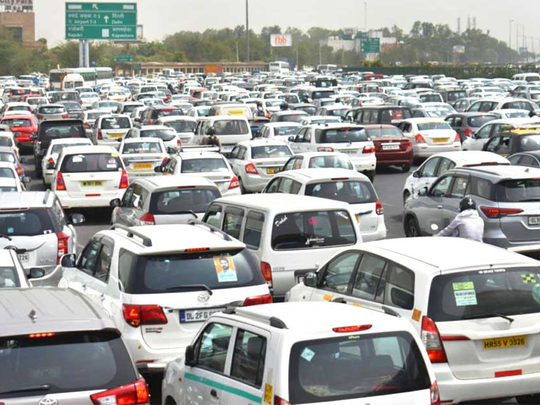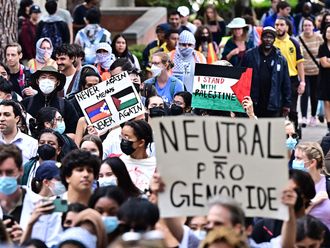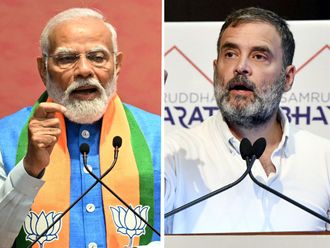
Deaths and injuries in road traffic accidents not only pose a serious threat to global health but also have a negative impact on social and economic progress as well as sustainable development, observed the UN. General Assembly while adopting a resolution on improving road safety in 2014. However, four years down the line the situation remains as grim as ever. With a whopping 1.3 million people, including 227‚000 children and adolescents, bleeding to death annually on the world’s roads, the UN was spurred into launching its maiden Road Safety Trust Fund, capable of saving one life, preventing 10 serious injuries and leveraging $51,000 towards investments in road safety for every 1500 contributed US Dollars. Most importantly, the socioeconomic costs of road traffic crashes are gigantic.
A “Together for Safer Roads” — coalition of global private sector initiative — report reveals, the global economy takes a hit of $518 billion per year due to road accidents, and worse still, the cost of crashes in developing world, more often than not, exceeds the amount received in financial aid. According to a new World Bank Study, road safety interventions cannot only trigger GDP gain — anywhere between 7 and 22 per cent over a 24 year period — but also improve society’s welfare benefits.
A UNESCAP (UN. Economic and Social Commission for Asia and the Pacific) study on road safety, covering 19 countries, has brought to the fore one of India’s worst kept secrets. A country, arguably Asia’s growth engine along with China, loses 3 per cent of her GDP every year to road accidents. In fact, a World Health Organisation compiled global road safety status report had underlined the gory fact of India accounting for more than 0.2 million of the 1.3 million traffic related deaths registered annually world over. Despite achieving one of the highest growth rates in motorisation globally,
India has failed to adequately address the conflict points between pedestrians and other road users, which have only widened with associated increase in speed and size of vehicles and consolidation of road infrastructure. Alarmingly, 25 per cent road accidents happen during work-related commute and the working-age population bears the greatest share of mortality and long-term disability from road traffic crashes.
The Indian road network — second largest in the world and suffering from capacity saturation due to galloping vehicular traffic growth — poses a grave challenge to city planners, responsible for devising methods to improve safety in an already congested infrastructure.
Despite registering a 3 per cent drop in road accident fatalities in 2017 — as per a Supreme Court Committee on Road Safety findings — India’s road safety crisis has reached alarming level, so much so that the subcontinent is losing a staggering 750 billion rupees annually from traffic-mishap in this United Nations Decade of Action for Road Safety (2011-2020). To curb galloping road deaths and injuries, the Indian government has introduced amendments to domestic Motor Vehicles Act, as the relevant statutes have failed to meet the best practices requirements for 4 out of 5 risk factors, including speed-limit enforcement, prevention of drunk driving, children safety and use of protective gears. And in case of seat-belt compliance, both awareness among passengers and alacrity in law enforcers are well below par. Besides, India meeting only 2 out of the 7 vehicle safety standards accepted internationally makes the situation far more complicated, as the country’s contribution is crucial to fulfilling the UN sustainable development goal of achieving 50 per cent reduction in road traffic deaths and injuries worldwide by 2020. Therefore, productive measures like introducing road safety board manned by experts, comprehensive legislation to eliminate systemic corruption in transport department and law enforcement agencies and regulating driver behaviour, apart from constituting separate accident prevention and investigation agency can help India confront the expected spike in annual fatalities up-till 2042.
In addition, India must pool her resources to improve road geometrics in accident prone zones, set-up trauma care centers at appropriate locations for rendering prompt medical assistance, inculcate the concept of road sharing among diverse stakeholders, make road safety education and counselling a part of school curriculum as well as generate potent accident prediction model for analysing data and developing proper response.
Seema Sengupta is a Kolkata-based journalist and columnist.










